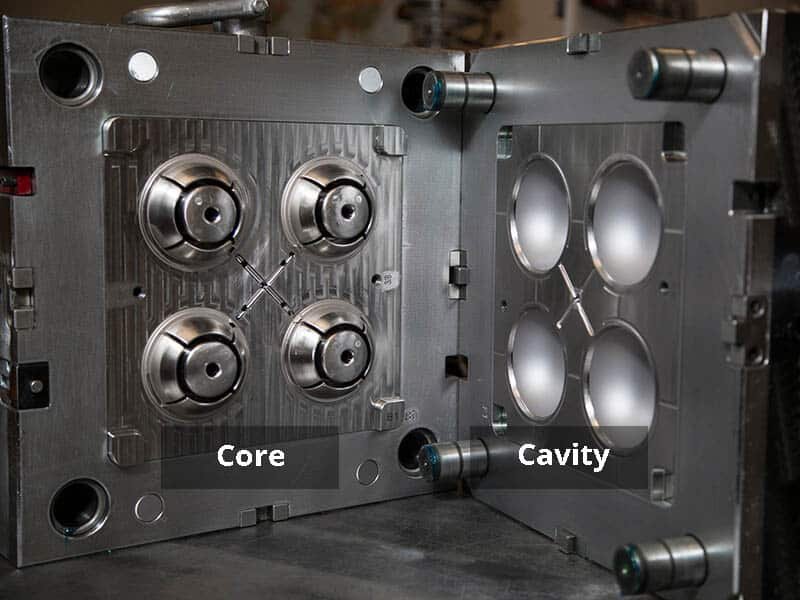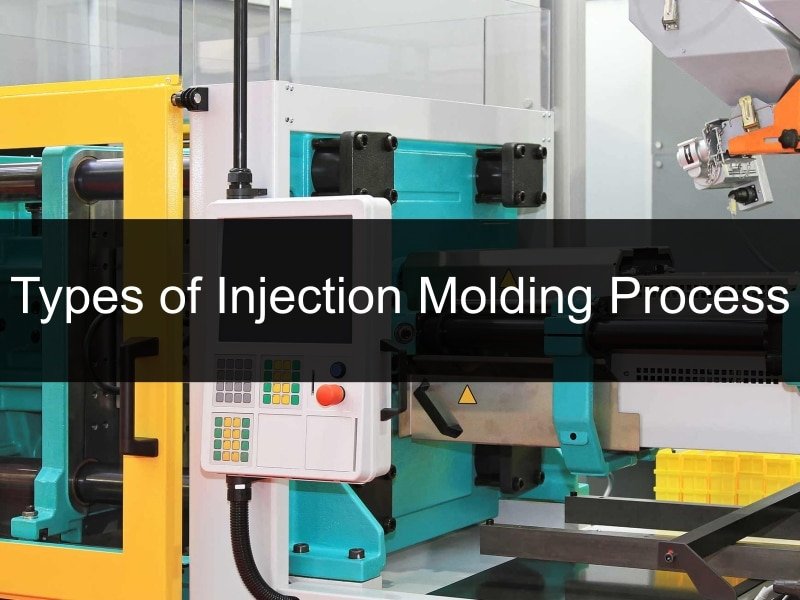Recycled vs virgin plastics are two distinct categories of materials used in injection molding processes. Understanding their definitions and comparison is important for their applications and impacts. In this post, we will compare the different between recycled plastics and virgin plastics.
What are Recycled Plastics?
Recycled plastics are made from post-consumer or post-industrial plastic waste that has been collected, sorted, cleaned, and reprocessed into new plastic. The common sources include plastic bottles, containers, packaging materials, and manufacturing scrap.
What are Virgin Plastics?
Virgin plastics are newly produced plastic materials that have never been used or processed before. They are derived directly from petrochemical feedstocks such as natural gas or crude oil. Virgin plastics are known for their consistency and reliability across batches due to the tightly controlled manufacturing process. They typically offer superior mechanical properties, chemical resistance, and durability compared to recycled alternatives.
Virgin plastics are widely used in various industries, including packaging, automotive, construction, and consumer goods. They are preferred when superior performance, clarity, and purity are required, such as in pharmaceutical packaging or high-stress components.
Key Differences Between Recycled vs Virgin Plastics
Recycled and virgin plastics are two distinct categories of materials used in various applications, particularly in manufacturing processes such as injection molding. Understanding their differences is crucial for making informed decisions regarding material selection. Here are the key differences:
1. Source of Recycled vs Virgin Plastics
Virgin Plastics: Virgin plastics are primarily derived from fossil fuels, including crude oil, natural gas and coal, which are refined and processed to produce monomers like ethylene and propylene that are polymerized into plastics such as polyethylene (PE) and polypropylene (PP).
Recycled Plastics: Recycled plastics are derived from previously used materials, included post-consumer recycled plastic and post-industrial recycled plastic. Post-consumer recycled plastics (PCR), such as discarded plastic bottles, food containers, and packaging materials; Post-industrial recycled plastics (PIR), including scrap from manufacturing processes like trimmings, runners, and excess materials;
2. Mechanical Properties of Recycled vs Virgin Plastics
Virgin Plastics: Generally exhibit superior mechanical properties, including higher tensile strength, impact resistance, and flexibility. Their molecular structure remains intact, ensuring consistent performance across applications.
Recycled Plastics: May show some degradation in mechanical properties due to the recycling process, which can affect strength, durability, and flexibility. However, advancements in recycling technology and the use of additives can help mitigate these issues, allowing recycled plastics to meet specific performance requirements for certain applications.
3. Quality and Consistency of Recycled vs Virgin Plastics
Virgin Plastics: Known for their high quality and consistency, virgin plastics are produced under controlled conditions, resulting in uniform properties across batches. This reliability makes them suitable for applications that require precise specifications.
Recycled Plastics: Quality can vary significantly based on the source of the recycled material and the effectiveness of the recycling process. Contaminants from the recycling stream can weaken the final product, leading to concerns about consistency and reliability.
4. Cost of Recycled vs Virgin Plastics
Virgin Plastics: Generally more expensive due to the costs associated with raw material extraction, refining, and processing. Prices can fluctuate based on market dynamics and petrochemical feedstock prices.
Recycled Plastics: Typically less expensive than virgin plastics, as they do not require the same level of resource extraction and processing. However, costs can vary based on the quality of the recycled material and market demand.
5. Environmental Impact of Recycled vs Virgin Plastics
Virgin Plastics: The production of virgin plastics is resource-intensive, contributing to greenhouse gas emissions and environmental degradation. They rely on finite fossil fuel resources, which raises sustainability concerns.
Recycled Plastics: Offer significant environmental benefits by reducing plastic waste, conserving natural resources, and lowering carbon emissions associated with production. They contribute to a circular economy by extending the lifecycle of materials.
6. Market Dynamics of Recycled vs Virgin Plastics
Virgin Plastics: Prices are influenced by global oil prices and market demand for petrochemical products. When oil prices are low, virgin plastics become cheaper, making them more competitive against recycled options.
Recycled Plastics: The availability and pricing can fluctuate based on collection rates, recycling infrastructure, and competition from various industries. Recent supply shortages have driven up prices for recycled plastics, sometimes making them more expensive than virgin plastics.
Recycled vs Virgin Plastics Applications in Injection Molding
Recycled Plastics Applications:
Packaging: Recycled plastics are extensively used in the production of packaging materials, including bottles, containers, and films. For example, recycled polyethylene terephthalate (rPET) is commonly used for beverage bottles and food packaging due to its safety and durability.
Automotive Components: Many automotive manufacturers are incorporating recycled plastics into parts such as dashboards, door panels, and insulation materials, helping to reduce the overall weight of vehicles and improve fuel efficiency.
Building Materials: Recycled plastics are increasingly used in construction applications, such as composite lumber for decking, wall panels, and insulation, contributing to sustainable building practices.
Textiles: Recycled plastics, particularly PET, are used to produce fibers for clothing, carpets, and upholstery, promoting circularity in the textile industry.
Consumer Products: Items like toys, kitchenware, and furniture can be made from recycled plastics, demonstrating their versatility in various consumer goods.
Virgin Plastics Applications:
High-Performance Packaging: Virgin plastics are often used for high-performance packaging applications, such as food containers that require a barrier against moisture and oxygen to extend shelf life.
Medical Devices: Many medical products, including syringes, IV bags, and surgical instruments, are manufactured from virgin plastics to ensure sterility and reliability.
Electronics: Virgin plastics are used in the production of electronic housings and components, where precise tolerances and high durability are essential.
Automotive Parts: High-performance virgin plastics are utilized in critical automotive components where strength and heat resistance are necessary, such as engine covers and fuel systems.
Industrial Applications: Virgin plastics are often preferred for industrial applications that require specific mechanical properties, such as high tensile strength and resistance to chemicals.
Conclusion
The comparison between recycled and virgin plastics reveals several key points that custom manufacturers should consider when making material choices for their production processes. As manufacturers navigate the decision between recycled and virgin plastics, it is essential to weigh the benefits and challenges of both materials in their production processes.






